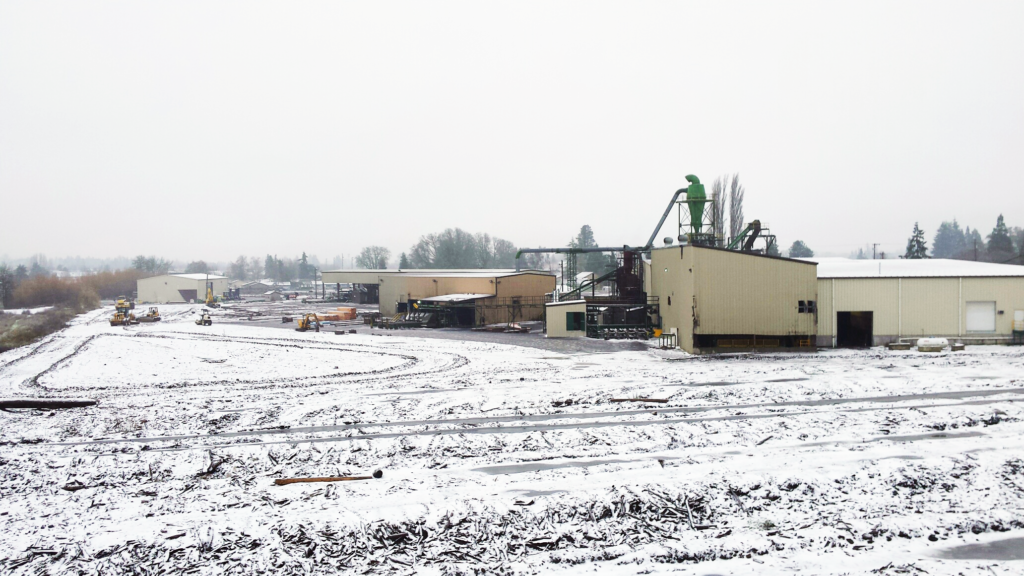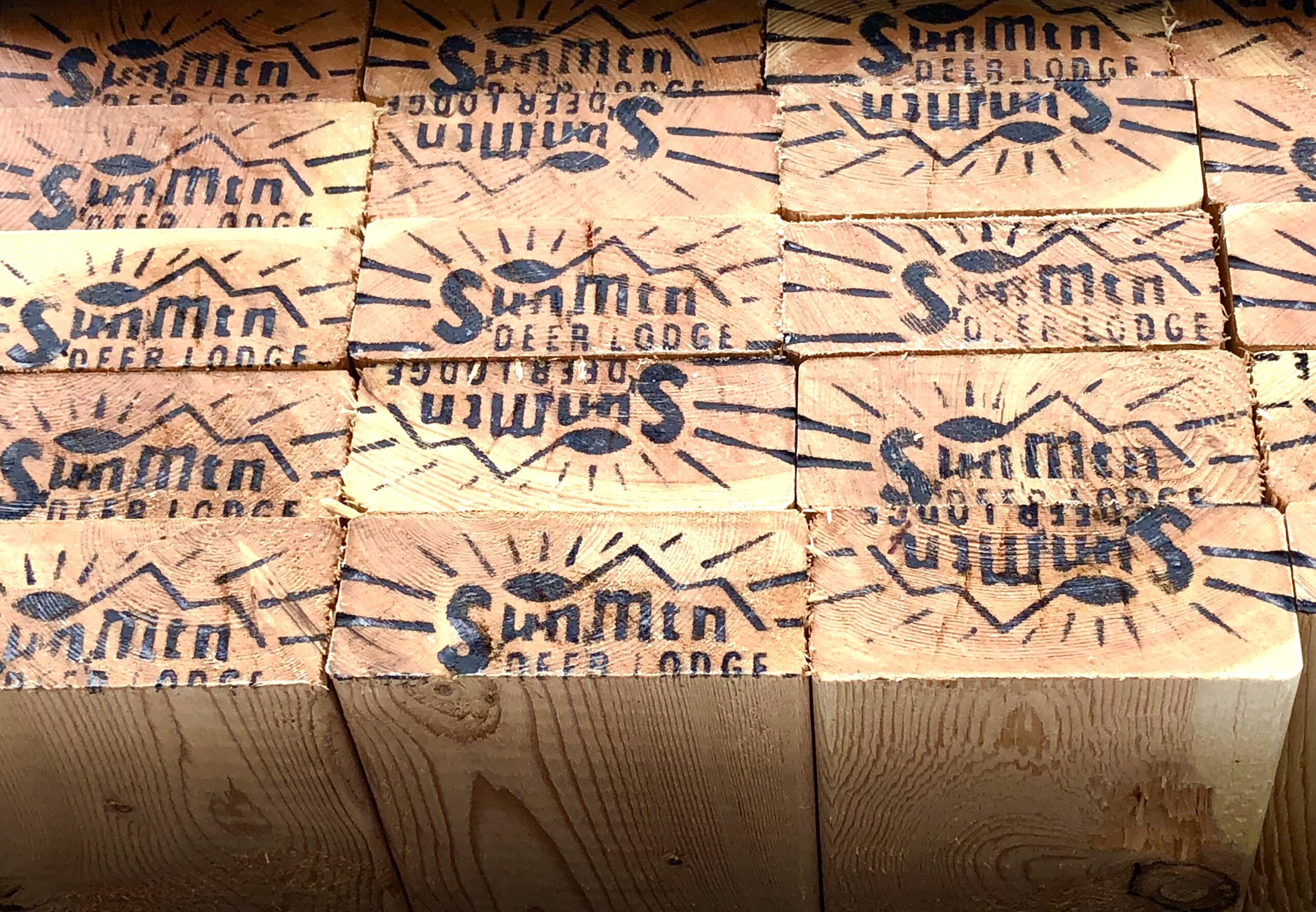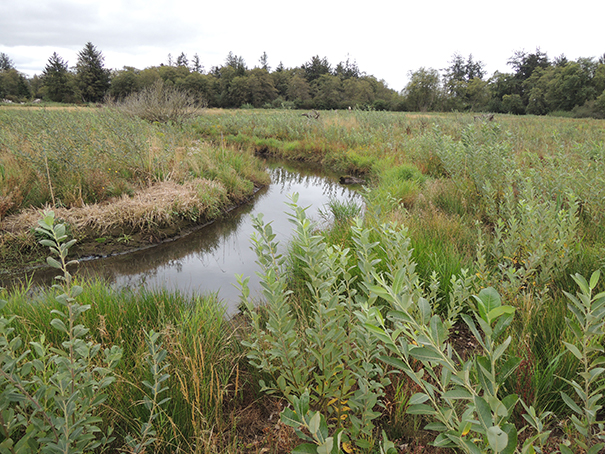A donation from Hampton Lumber is helping The Nature Conservancy restore important wetlands in Tillamook County. Wetlands and estuaries have high densities of juvenile salmon and provide quality rearing environments, with more food, lower risk of predators, and warmer water. This habitat allows juvenile fish to shelter and grow before entering the ocean, improving survivability and the likelihood that they will return years later to spawn upriver.
“With only 17 percent of Oregon’s tidal marshes remaining in natural condition, The Nature Conservancy is focused on restoring strategically located marshes that will provide multiple benefits,” said Associate Coast and Marine Conservation Director Dick Vander Schaaf. “Estuaries are some of the most productive ecosystems on the planet; helping improve water quality and are critically important to rearing juvenile salmon—coho, chinook, chum and steelhead.”
The Tillamook Bay area is a natural fit for this type of work as it supports the most southerly sustained run of chum salmon in North America, and provides important habitat to four other species of salmon, including coho, as well as rockfish, green and white sturgeon, and Dungeness crab. The bay also harbors migratory shorebirds and waterfowl, including the great blue heron. Five rivers feed into Tillamook Bay: the Tillamook, the Trask, the Wilson, the Miami and the Kilchis. The lower reaches of these five rivers form a tidal estuary that is extremely important to the production of salmon and other fish. After completing restoration work on the Miami River, The Nature Conservancy turned its focus to the Kilchis River. Since 2010, The Nature Conservancy has acquired 120 acres of land along the Kilchis and started to reconnect the river with the wetlands and recreate sloughs and tidal channels. With Hampton Lumber’s support, the organization will be able to complete the project with on-the-ground construction and re-vegetation activities.
“The Kilchis Estuary restoration will have a major impact on the coastal health of Oregon and The Nature Conservancy is pleased to have the generous support of Hampton Lumber to help us finish this critical project,” said Oregon State Director Jim Desmond.
David Hampton, co-owner of Hampton Lumber, visited the project site in June and is thrilled to see the work so close to completion. “The Nature Conservancy has a long history of doing collaborative, high-impact work,” said Hampton. “As a local business, we wanted to step up and support a project that would have long-term positive impact for the community and the environment.”
Hampton Lumber manages roughly 41,000 acres of forestland on Oregon’s North Coast, which is also home to two of the company’s four Oregon sawmills. “We’ve done a lot of work to improve fish passage on our lands but that’s just one piece of the puzzle,” says Hampton. “Forest, estuary, ocean – it’s important to support habitat each step along the way for any of our efforts to have much impact.”
The Nature Conservancy is a global conservation organization dedicated to conserving the lands and waters on which all life depends. Guided by science, we create innovative, on-the-ground solutions to our world’s toughest challenges so that nature and people can thrive together. We are tackling climate change, conserving lands, waters and oceans at an unprecedented scale, providing food and water sustainably and helping make cities more sustainable. Working in 72 countries, we use a collaborative approach that engages local communities, governments, the private sector, and other partners. To learn more, visit www.nature.org or follow @nature_press on Twitter.
MEDIA INQUIRIES
Kristin Rasmussen, Hampton Lumber, 503-203-6563
Allie Gardner, The Nature Conservancy, 503-802-8100 ext. 164
###



